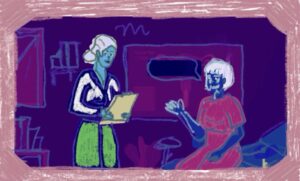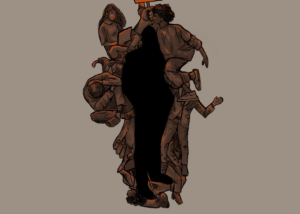An environmentally friendly roofing method that is catching on across the nation should have Georgetown University thinking about using its many flat-topped roofs for more than parties and gravel. Green roofing, which retrofits existing roofs to support the growth of grasses and shrubs grown in sod over a waterproof membrane, carries with it serious environmental and financial benefits, making it well worth the University’s consideration.
Greening a roof allows it to act as an insulator, keeping a building’s temperature more constant and controlled, and, according to the District Department of the Environment, it can help cut energy costs by 20 percent. DDOE’s Green Roof Toolkit webpage also says that green systems can triple the life of a roof, prevent leaks, and purify the air, all while offering more student recreation space and animal habitats. They also greatly reduce rainwater runoff from buildings, a crucial step, according to the DDOE, toward easing the stress on D.C.’s overburdened sewer systems. Green roofs require little maintenance, as rainwater is usually enough to support the plants. Eventually, installations end up paying for themselves in energy and maintenance savings, although the time in which they will do so depends on the size, location, and initial building efficiency, among other factors.
Roofs like these are already in use in the District. The main building at the U.S. Department of the Interior has just installed such a system, but upfront costs seem to intimidate would-be innovators. Kristin Ng (MSB ’11) of EcoAction explained that they have not considered pushing the idea mostly due to commercial and logistical issues. But the costs of installing a system are not as daunting as they may seem. D.C. offers a $5-per-foot rebate on any green roofing system that is 4,000 square feet or smaller. For larger buildings, the Anacostia Watershed Society offers a generous $7-per-foot rebate.
Installation of roof systems like these incur costs for both their construction and the expertise needed to build them, but given the long-term savings and government rebates, those costs are not unreasonably burdensome. Green roofing is a plausible way for Georgetown to show leadership in ecological issues and gain credibility as a forward-thinking institution. Campus groups should work with administration to make green roofing a reality at Georgetown.




